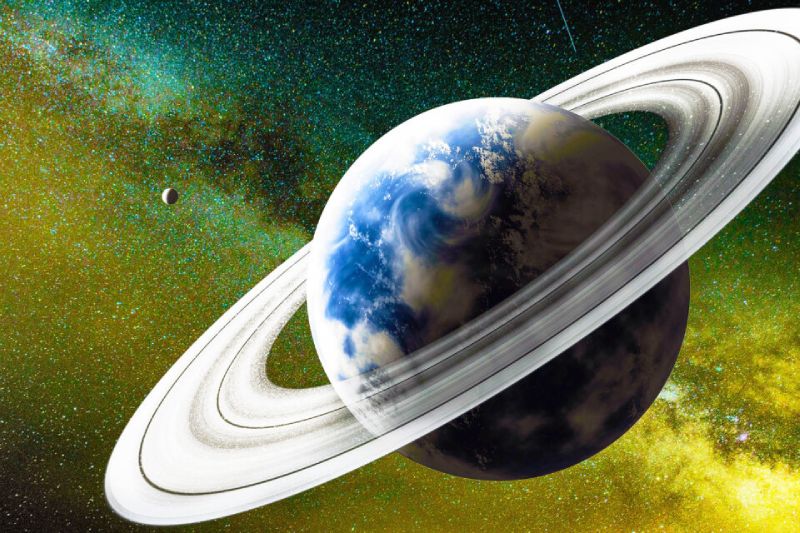
‘Earth-like planet’ discovered by Japanese researchers in our solar system
- Science
- September 7, 2023
Two astronomers from Japan may have discovered proof of a “Earth-like planet” in our solar system. The planet has been located in the Kuiper Belt, a circumstellar disc made up of celestial bodies in the outer solar system that starts just beyond Neptune’s orbit. The Kuiper belt contains matter that orbits the Sun similarly like planets do.
The Japanese researchers stated, “We predict the existence of Earth-like planets,” adding, “It’s possible that a body of a primordial planet can survive in the far Kuiper Belt as a KBP, as 50 many bodies existed early in the solar system.”
The new planet, if it exists, would be 1.5–3 times as big as the Earth, according to a study by Patryk Sofia Lykawka of Kindai University in Osaka and Takashi Ito of the National Astronomical Observatory of Japan in Tokyo.
Theoretically known as “Planet Nine,” many research conducted over the past ten years have led to hypotheses about the potential existence of a planet at the very boundaries of our solar system. According to their latest findings, it’s possible that a planet far closer to us exists in the Kuiper Belt.
The scientists said in a new study that they foresee the existence of many trans-Neptunian objects with unusual orbits in the outer solar system as well as an Earth-like planet, which might act as observable indicators of the disturbances caused by the hypothetical planet. The scientists also proposed that the planet might be between 200 and 500 astronomical units (AU) from the Sun and inclined at roughly 30 degrees based on the way trans-Neptunian objects (TNOs) cluster. Pluto’s distance from Earth is 39 AU, for reference.
The researchers concluded that their findings “support the existence of a yet-undiscovered planet in the far outer Solar System.”
It stated that a more thorough understanding of the orbital structure in the far-off Kuiper Belt might either confirm or disprove the existence of any fictitious planet in the outer solar system.